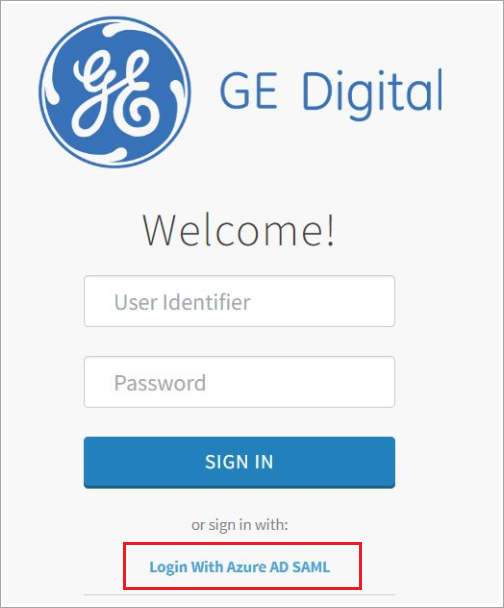This topic describes how to configure Azure AD (Active Directory) as a SAML identity
provider.
Before you begin
To configure SAML as an authentication scheme for single
sign-on, you must have the following:
| Pre-requisite |
Description |
| Create Your Azure Account |
If you don't already have an Azure account, you should create one to proceed
with the SAML configuration. Visit https://azure.microsoft.com/en-us/free/
to sign up for a free account. Make sure your account has sufficient privileges to
perform the SAML configuration. |
| Set Up Your Enterprise Application |
Do the following to set up an enterprise application in Azure with the
necessary configuration.
- Log in to your Azure account.
- Refer to the steps described in Microsoft Azure documentation on
how to create a new enterprise application. In the steps that follow, we
shall refer to an example enterprise application called
bobtestsaml.
|
| Associate Users and Groups |
For the SAML setup to work, you have to associate at least one user and one
group with the enterprise application. This is important for the authentication
process.
- Log in to your Azure account and navigate to the enterprise application you
created earlier (
bobtestsaml is our example
application).
- Select .
- Search and assign the user/group to the application.
|
About this task
In the steps that follow, we shall accomplish the
following:
- Create a SAML App in Azure (performed by your skilled IT Azure Expert).
- Configure Azure Metadata XML in Proficy Authentication. (performed by the
Application Administrator.)
See also, Troubleshooting.
Procedure
-
Download the SAML Metadata file
-
Log in to Configuration Hub.
Use valid credentials, preferably the default
clientID.
-
Navigate to and download the UAA
saml-sp.xml metadata
file.
The metadata file is downloaded to your browser's Download
section.
-
Upload the saml-sp.xml File to Azure AD
-
Visit https://portal.azure.com
and login with your valid credentials.
-
After logging in, select Azure Active Directory.
Tip: You can find it under recent services,
or by using the search option.
| Under recent services: |
 |
| Run a search using the search bar: |
 |
-
Under Azure Active Directory, locate the enterprise application to which you
want to establish a SAML connection.
Tip: You can locate the application from
recent searches, or running a search.
| Searching application: |
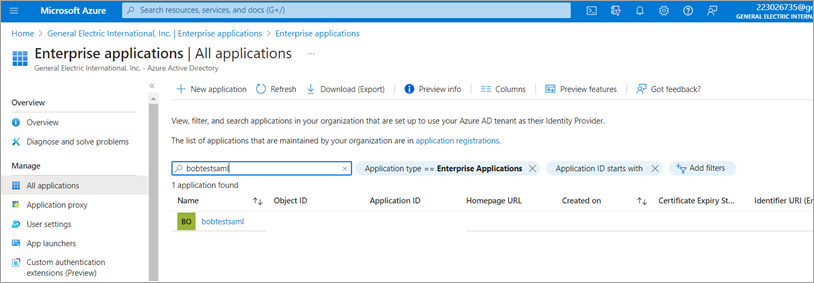
|
| If needed, request your IT Azure Expert team to create a new
application from here: |
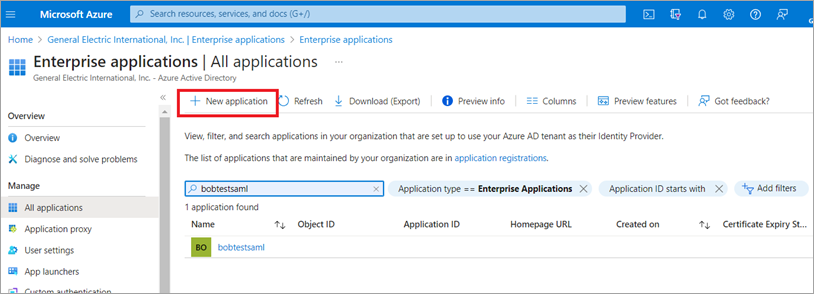
|
-
Open the enterprise application and select Set up single sign
on.
-
Select Upload metadata file and upload the
saml-sp.xml file we downloaded in the earlier step.
-
After the file is uploaded successfully, Azure displays the information from
the
saml-sp.xml file.
-
Perform User and Group Attribute Mapping in Azure
-
In the enterprise application, under User Attributes &
Claims section, select Edit.
-
Select Add new claim.
-
Enter claim details, and save the information.
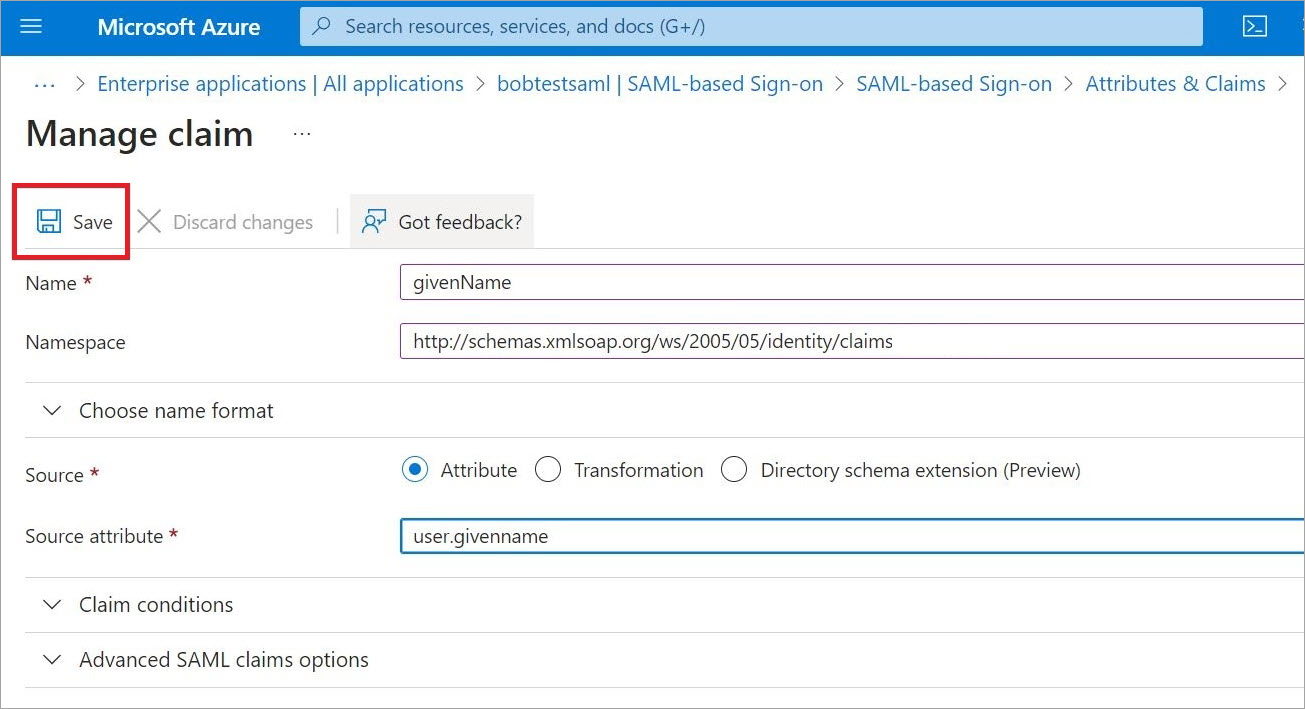
Note: Make a note of the Namespace
value. This value will be used later while setting up SAML Connection in
Proficy Authentication.
-
To set up group claims, select Add a group
claim.
You can choose to provide
Advanced options for the
group claim as shown in the following screen shot.
For example, string type
is selected as MES because we want to cast our groups to
start with MES, You can select as per your choice.
After updating the group claim,
Attribute
& Claims screen should look like as shown in the following
screen shot. The highlighted claim name needs to be same while creating SAML
Connection in Proficy Authentication.
-
Under the SAML Signing Certificate section, download the
Federation Metadata XML file.
We shall upload this file later when creating a SAML Connection from Proficy
Authentication.
-
Create SAML Connection in Proficy Authentication
-
Log in to Configuration Hub as an administrator.
-
Go to .
-
Select
 , then select
SAML.
, then select
SAML.
-
In the SAML Identity Provider pop-up screen, enter
details.
| Field Name |
Description |
| Upload XML File |
Upload the Federation XML downloaded from Azure. Refer to this
step. |
| Name |
Name of the SAML application. You can provide any
name. |
| Attribute Name |
Enter the Group Name mapping. Refer to this screen
shot. |
| Name ID |
From drop down, select
format:unspecified. |
| Enable SAML Link |
Select the check box. |
After successful SAML connection, the application screen should look
something like this:
Important: You must perform User Attribute
Mapping, which involves taking values from the Azure Attributes
& Claims page and linking them to the Details section
of the established SAML Connection in Proficy Authentication. Refer to
the example screen shots below.
-
Adding and Mapping UAA and SAML Groups
-
Go to .
-
Double-click and open the group you want to map to SAML.
-
Select the Mapping tab.
-
Map SAML groups: From the Identity Provider drop down
list, select the SAML record.
-
To create SAML groups, enter the valid SAML group name in the Add
SAML Group field and select the plus icon.
-
Select the check box for the groups you want to map to the Proficy
Authentication group selected in step 5(b).
-
Select
 to move the selected items from
Groups to Mapped Groups.
to move the selected items from
Groups to Mapped Groups.
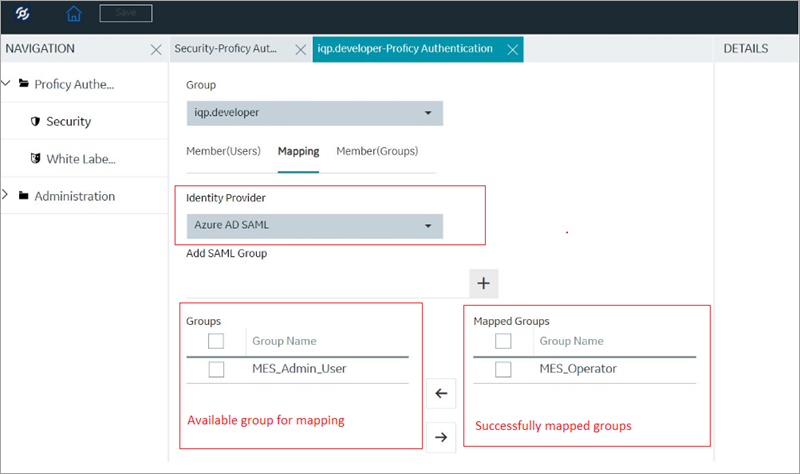
If the mapped SAML groups are valid, then all their users become a member of
the Proficy Authentication group selected in step 5(b).
-
Test SAML Authentication
-
Visit Operations Hub login page.
-
Select Sign In With Azure.
Troubleshooting SAML-Related Issues
Addressing Login Issues With Azure:
In Azure portal, you can access the logs to verify successful logins. This will help
establish a baseline for successful authentication. Whenever login access is denied,
closely review the login attempts in the logs.
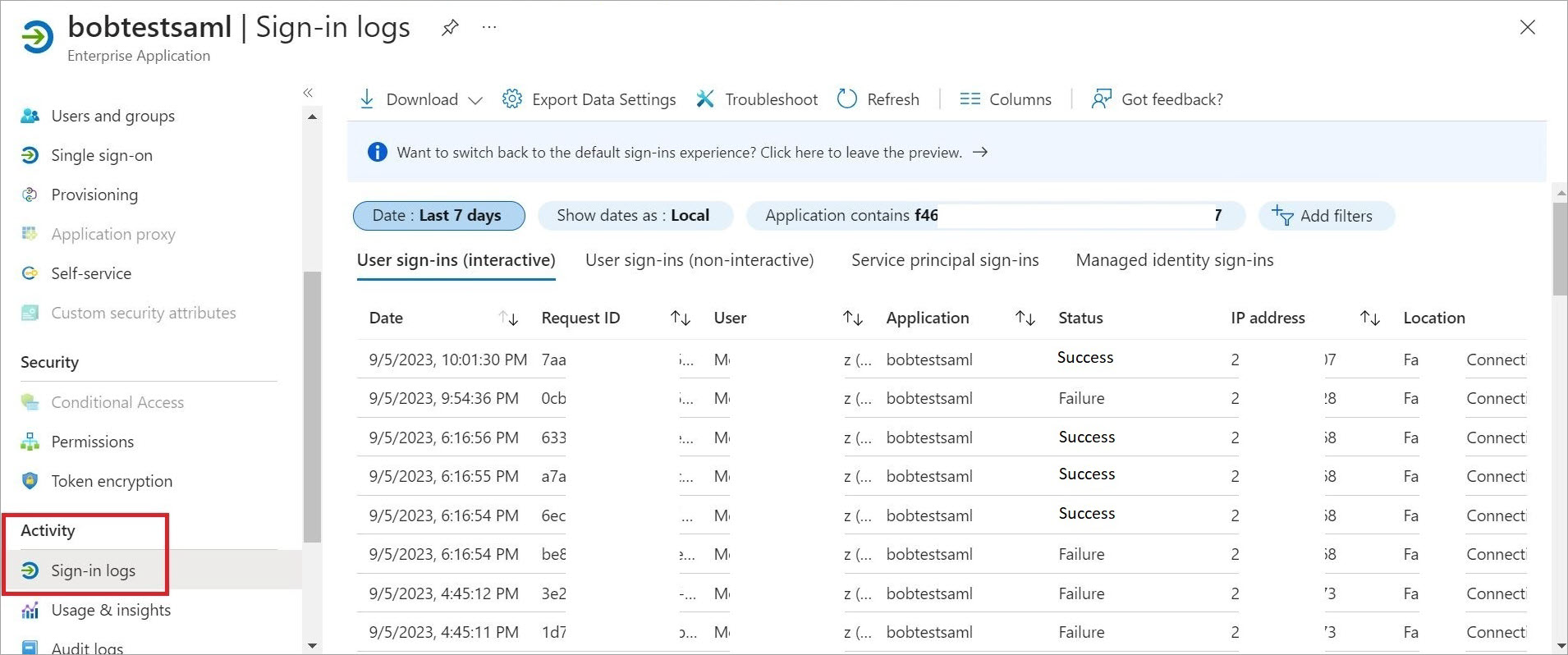
Addressing Login Issues Without Azure:
You can use the SAML-tracer extension for Chrome to diagnose and resolve SAML-related
problems in Operations Hub. Follow these steps:
- Install SAML-tracer: Add the SAML-tracer extension to your Chrome
browser.
- Access SAML-tracer: Open SAML-tracer from your browser extensions.
- Reproduce the Issue: Log in to Operations Hub as you normally would to
reproduce the SSO login issue.
- Inspect SAML Messages: In SAML-tracer, look for
POST
messages.
- Select the specific POST message related to the SSO login attempt.
- Next select the Summary tab for detailed information
about the SAML attributes exchanged.
- Review the SAML attribute names and values exchanged during the SSO attempt,
and compare them against the expected values.
- If you notice that the SAML group attribute names are incorrect (refer to
screen shot), this could be the cause of the login issue.
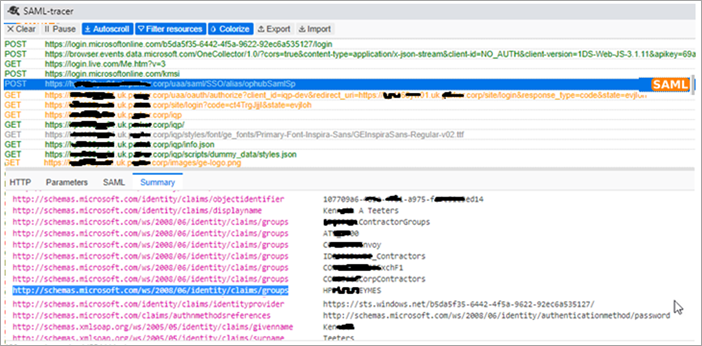
- Replace the incorrect attribute names with the correct ones to fix the login
issue.
Retrieving Azure Login Screen:
In case you encounter a situation where the Azure login screen does not appear, then do
the following to address this issue:
- Check your SAML Azure configuration. Verify the group attribute name and the
corresponding group name. Any mismatch in attribute names can lead to access
issues.
- Clear your browser cache and login again.



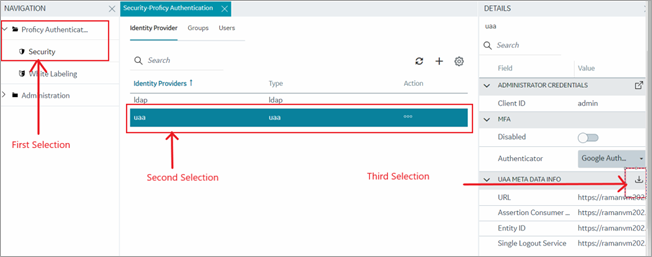


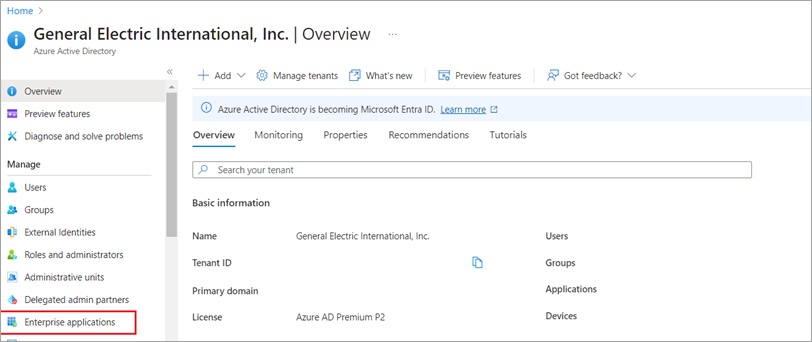


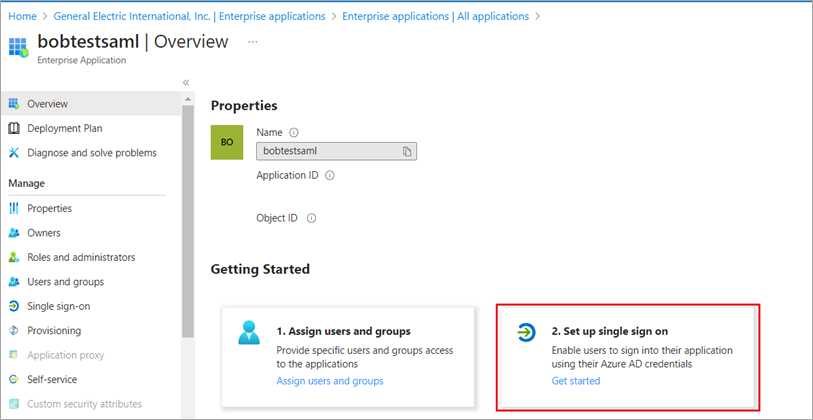

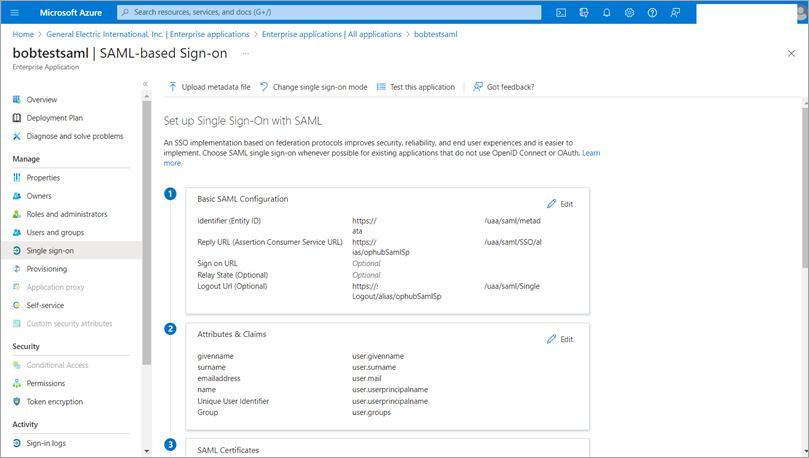
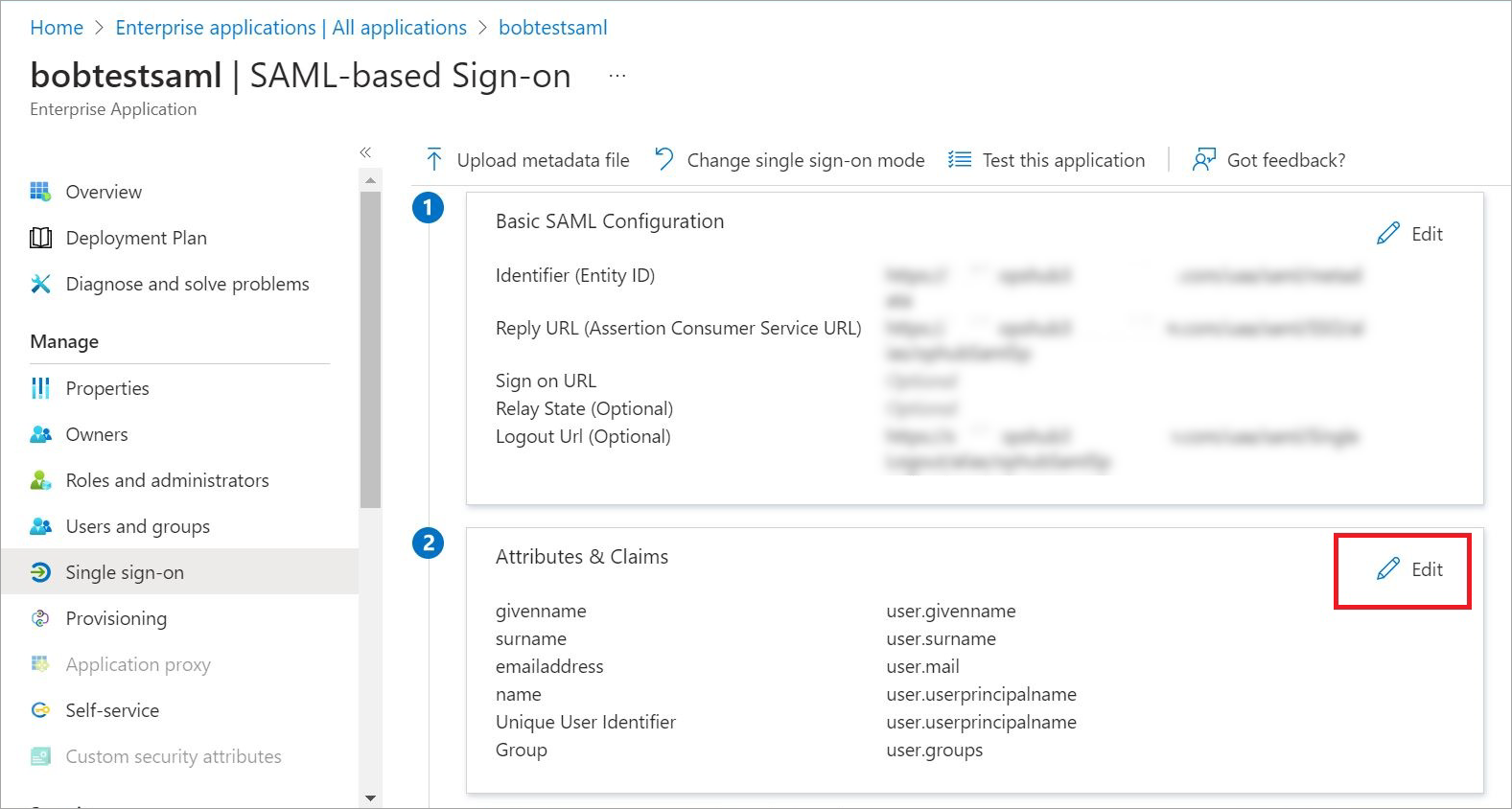
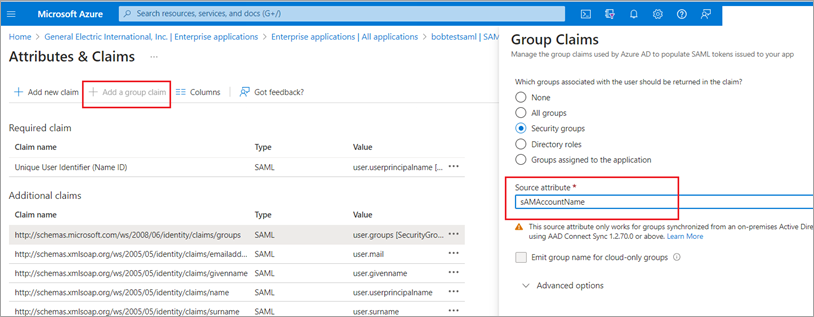
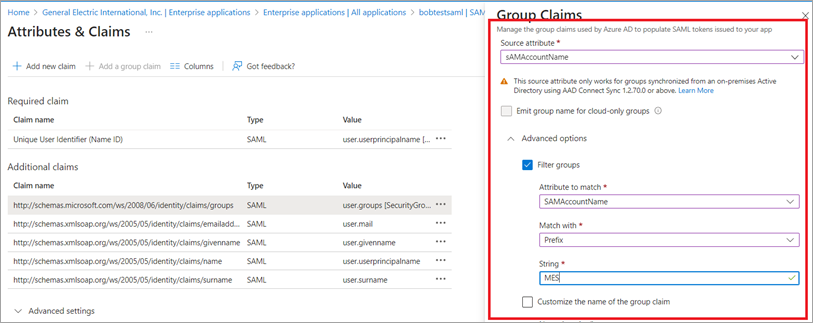
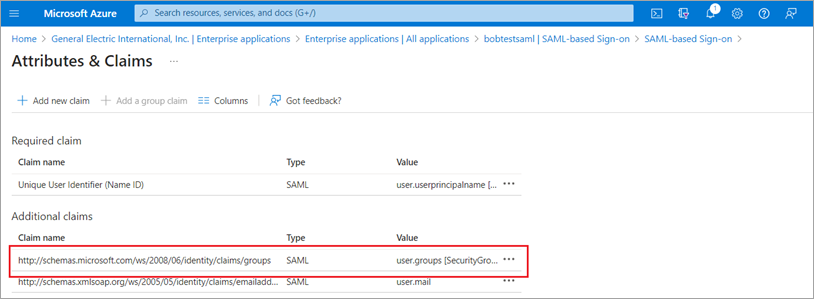
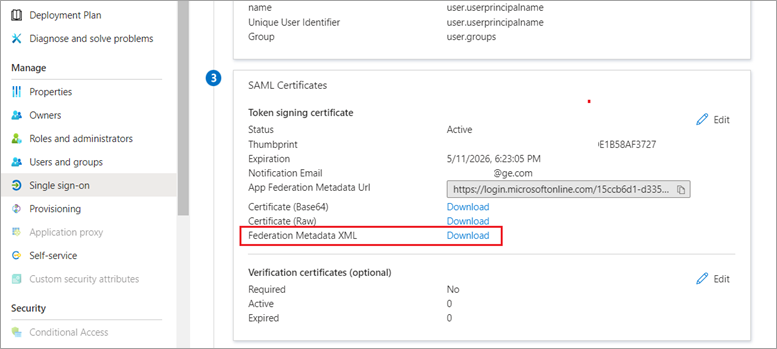
 , then select
, then select

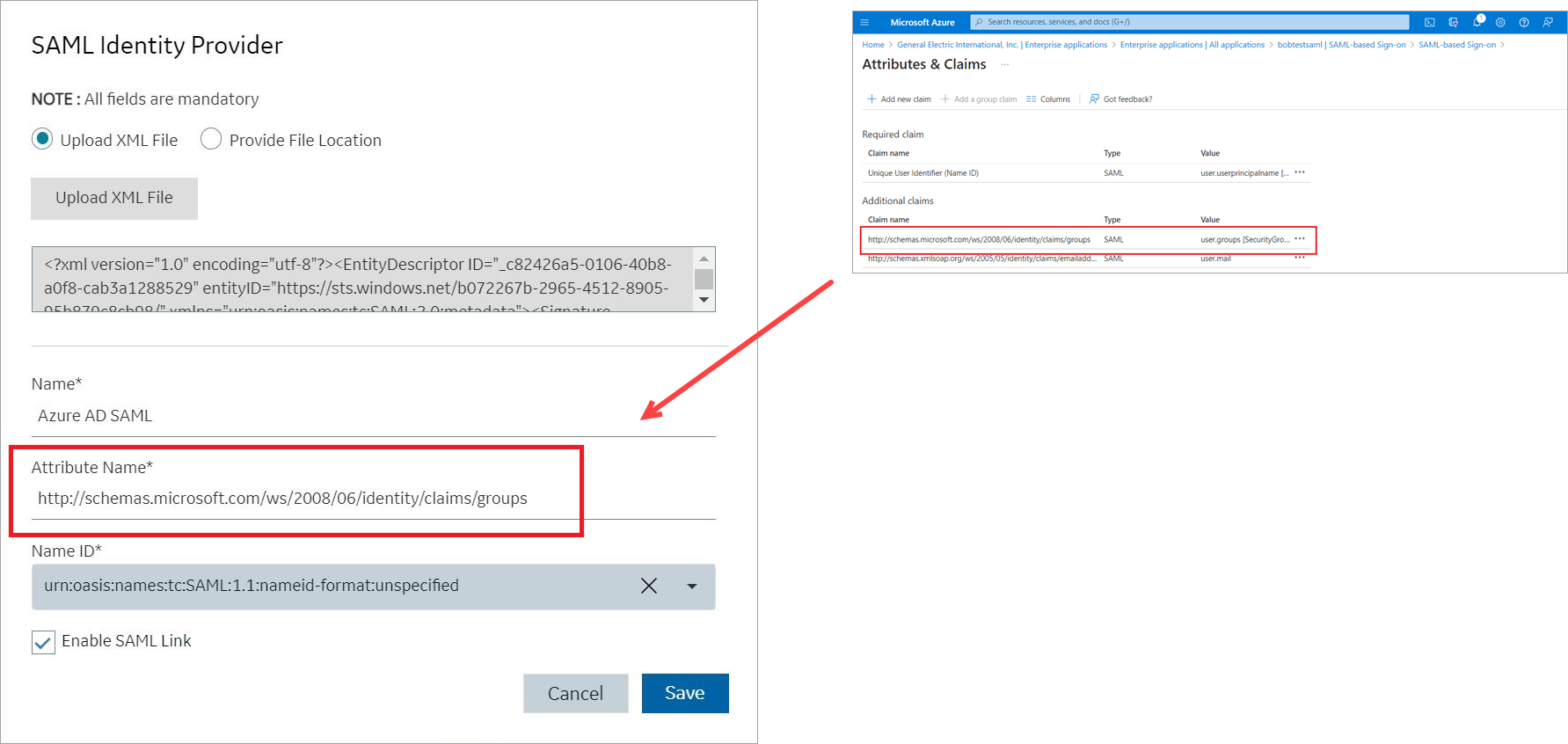
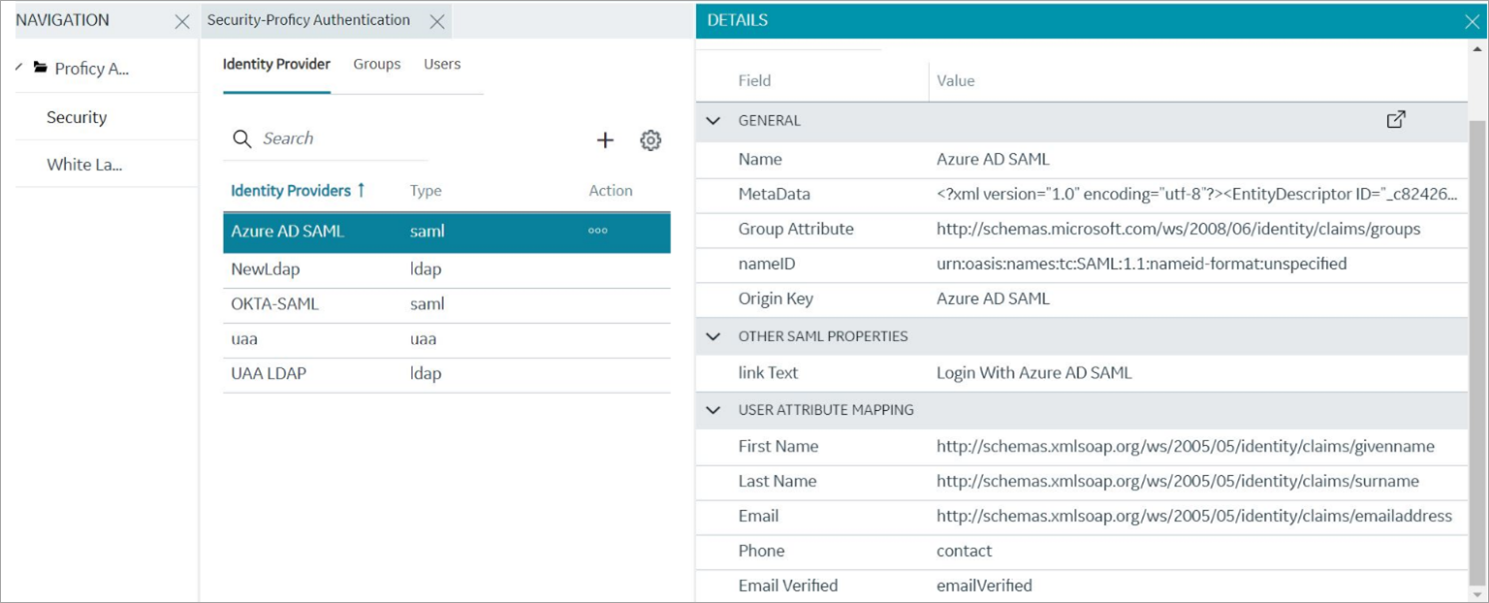
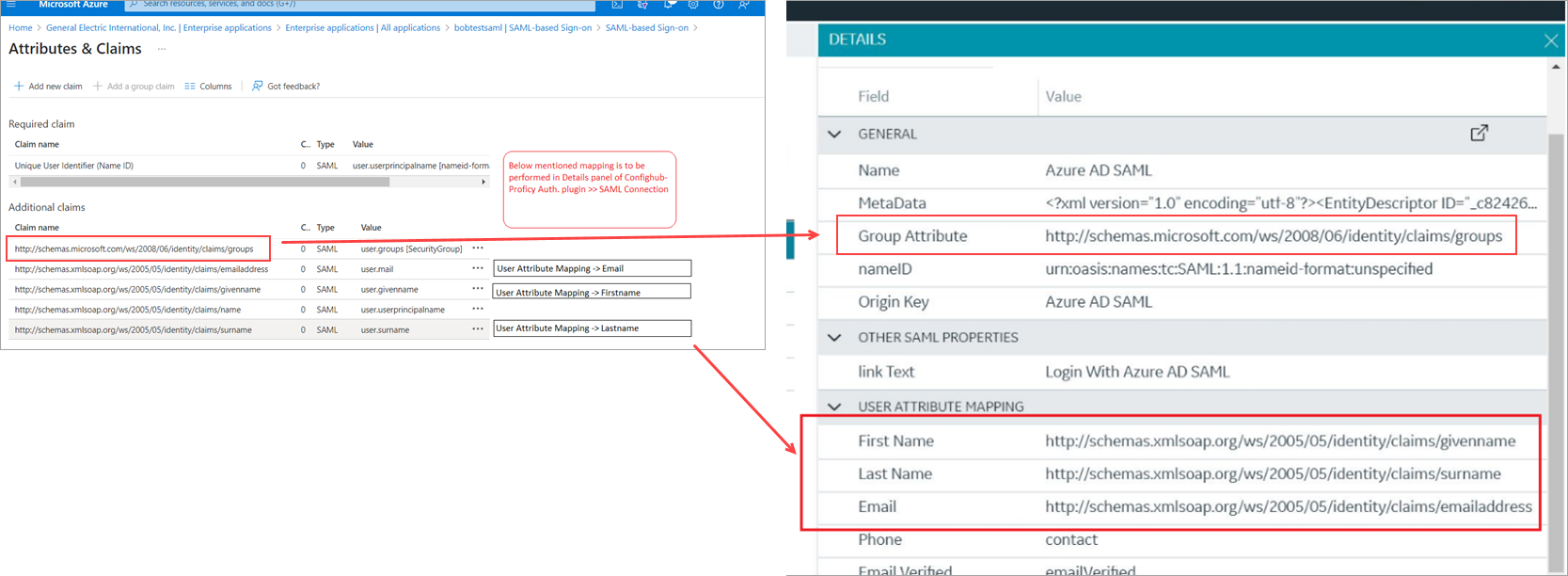
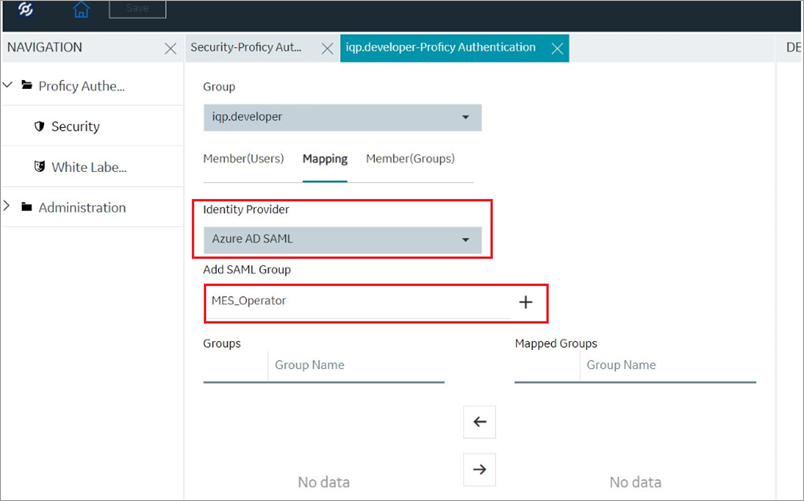
 to move the selected items from
to move the selected items from

